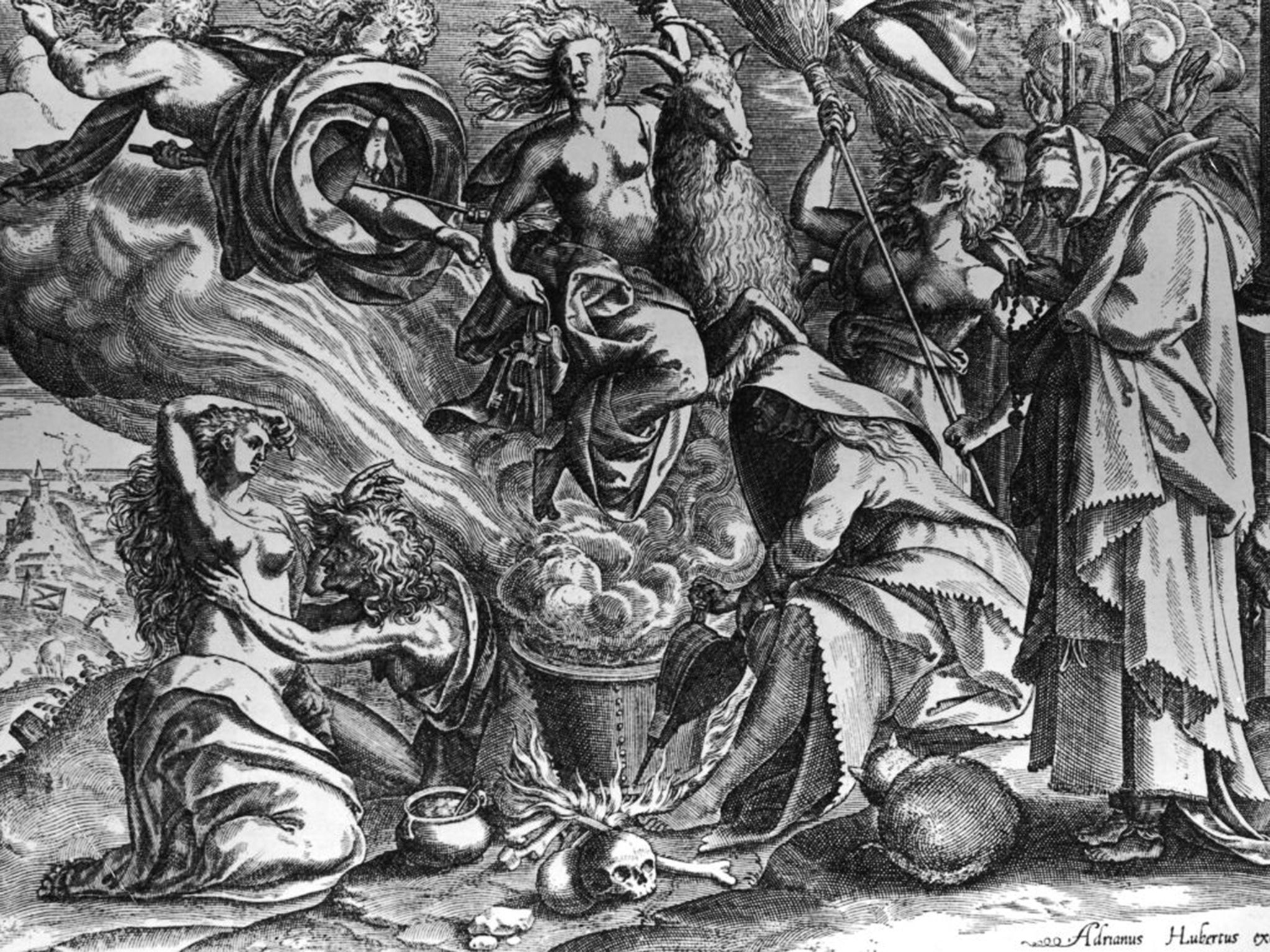CIA torture report: It didn't work then, it doesn't work now
World View: Its use is always wrong and, despite CIA justifications post 9/11, the information obtained from it is invariably tainted


The justifications for its actions given by the CIA since the publication of the Senate report on torture are similar to those given by torturers down the ages. They claim that the information obtained by inflicting intolerable pain is of the greatest value and could not have been obtained by any other means. The information is certainly there in great quantities because the victims of torture invariably confess to stop the agony and say what their tormentors most want to hear.
John O Brennan, the director of the CIA, gave the game away when he said on Thursday that it was "unknowable" whether the brutal interrogation techniques employed by the CIA had produced useful intelligence. But the point about important information is that we know if it increases our knowledge in a significant way. By claiming that there is no way to know if torture – renamed Enhanced Interrogation Techniques (EITs) – produces such knowledge, Brennan is admitting failure. This confirms the tweet by the Senate Intelligence Committee chair Dianne Feinstein that "there is no evidence that terror attacks were stopped, terrorists captured or lives saved through use of EITs".
Torture always produces tainted information because it comes from somebody trying to avoid unbearable suffering. The interrogator is happy that he or she has uncovered conspiracies and plots, and happier still when these are confirmed in elaborate detail by other torture victims. Having unmasked these demonic intentions, which would not have been revealed by other means, interrogators come to discard all information not provided under extreme duress.
This distorted way of thinking became prevalent in the CIA. The Senate report has a revealing passage saying that the statement of Khalid Sheikh Mohammed ("KSM") "during his first day in CIA custody included an accurate description of a Pakistani/British operative, which was dismissed as having been provided during the initial 'throwaway stage' of information collection when the CIA believed detainees provided false or worthless information". KSM was later water-boarded (simulated drowning) 183 times, leading him to make frequent confessions that later turned out to be false. Another section of the report says that "KSM fabrications led the CIA to capture and detain suspected terrorists who were later found to be innocent".
A telling aspect of the CIA's use of torture is how similar its experience was to those who have used it in other times. In the 1930s, Soviet security was convinced that the Soviet Union was full of traitors and spies because of thousands of confessions made under torture that corroborated each other in every detail. With each admission of guilt, new plotters were implicated and made their forced confessions in turn. In an earlier era, the identification, torture and killing of thousands of men and women accused of being witches in Europe produced many of the same arguments and some of the same methods used by the CIA. Rereading Hugh Trevor-Roper's The European Witch-Craze of the Sixteenth and Seventeenth Centuries, I was repeatedly struck by similarities between the words and actions of the inquisitors then and now.
Torture and the belief in witchcraft were intimately linked. Trevor-Roper says that "the rise and decline of the European witch-craze corresponds generally with the rise and decline of judicial torture in Europe". The witch-craze grew by its own momentum, and confessions appeared to support each other because those in charge of the interrogations used "identical works of reference, identical instructions to judges, identical leading questions supported by torments too terrible to bear". England largely escaped the collective hysteria about witches that gripped the rest of Europe because it alone did not allow torture in ordinary criminal cases (treason was an exception).
The inquisitors then did not equivocate, like the CIA today, about their methods. They tortured men and women by crushing their fingers and toes in a vice, burning them with hot iron, breaking their bodies on the rack or using the leg screw that smashed the shin bone into pieces. Those who doubt that the CIA was torturing people should note that a prime method used by the CIA to extract information was sleep-deprivation. They should then read Trevor-Roper's comment that earlier inquisitors found that "nothing was so effective as the tormentum insomniae, the torture of artificial sleeplessness" and that those who had withstood other horrors would finally yield to it "and confess themselves to be witches".
A defender of the CIA's actions might argue that there is a crucial difference between the torture of witches 400 years ago and that of members of al-Qaeda today. The former did not exist while those who carried out 9/11 do. But this argument raises two important points: in practice, the CIA conducted its torture programme with a sloppiness that indicates it was more interested in impressing the White House than it was in discovering real plots. How else to explain why it allowed contractors without experience of the Middle East or anything else to conduct interrogations? Given the size of the rewards – two psychologists received $81m – the interrogators had every incentive to pretend their work was valuable. In 2004 the CIA even managed to torture two of its informants, according to the report. It says that "after both detainees had spent approximately 24 hours shackled in the standing sleep deprivation position, CIA Headquarters confirmed that the detainees were former CIA sources". Before being detained, the two CIA spies had tried to contact the agency again and again to say what they were doing and to provide intelligence.
There is another way in which the focus of the CIA on the so-called "core" al-Qaeda of Osama bin Laden over the past 13 years has been damaging. The organisation conducted one devastatingly effective operation on 9/11, but in the years that followed it never had the capabilities that the US government pretended. Most of the botched operations that have been highly publicised in the media, such as the "underpants" and "shoe" bombers, were amateur efforts by rather pathetic individuals. But it was in the CIA's interest to say it was doing sterling work in the hill villages of Yemen and Waziristan, combating such menaces.
Despite the CIA's use of torture and the rendition of many others to torture in other countries including Syria and Libya, al-Qaeda-type movements have succeeded in creating their own state in Iraq and Syria, and today control large parts of Afghanistan, Libya and Somalia. While the CIA was forcing confessions to fabricated conspiracies, the heirs to the perpetrators of 9/11 were winning victories in the real world.
Join our commenting forum
Join thought-provoking conversations, follow other Independent readers and see their replies
Comments
Bookmark popover
Removed from bookmarks